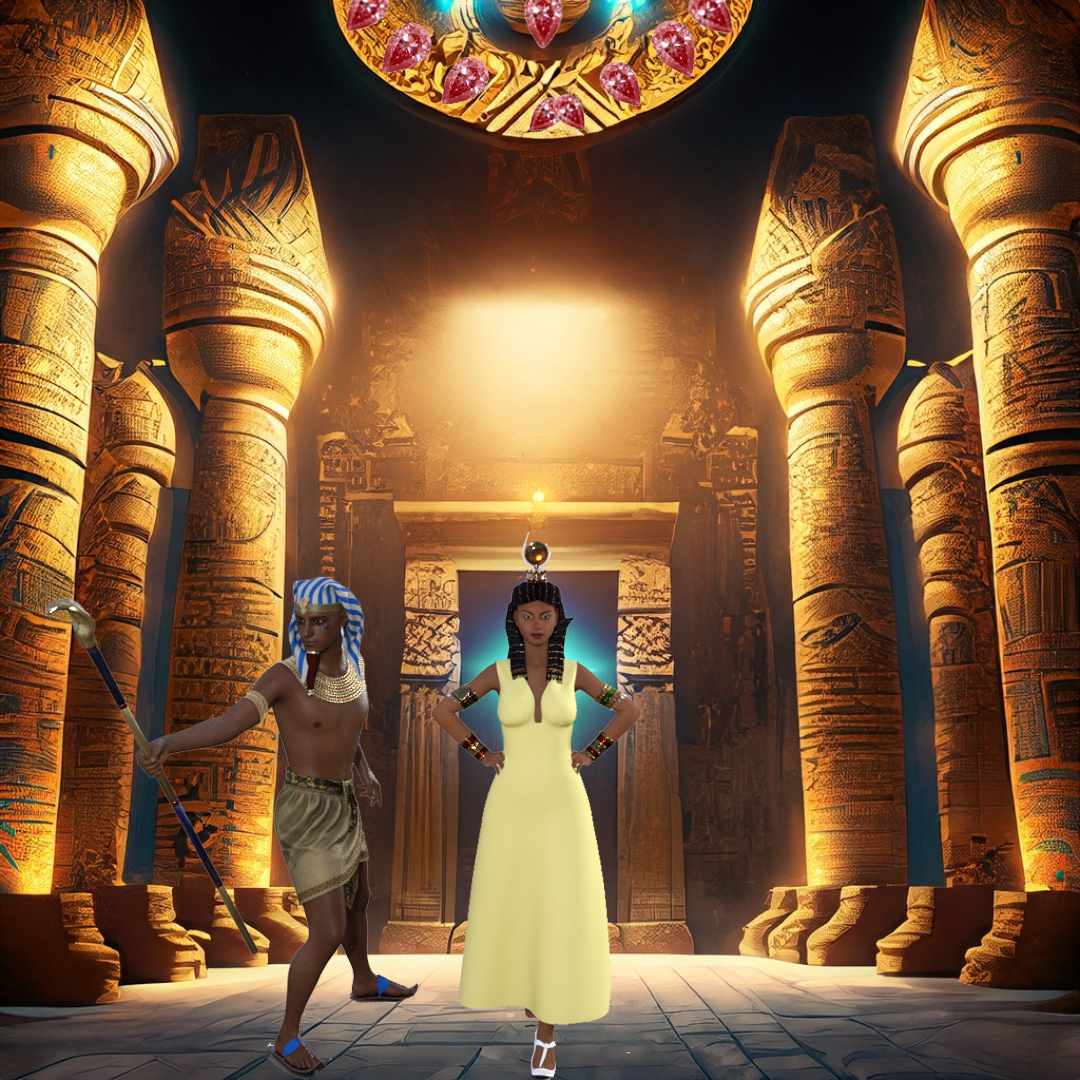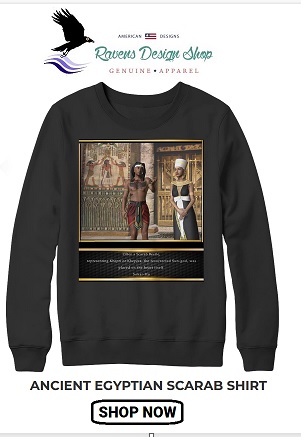 The story of Tutankhamun, the boy pharaoh of ancient Egypt, has captivated the world for decades. His tomb, discovered by British archaeologist Howard Carter in 1922, contained a wealth of remarkable treasures, including his iconic golden coffin. This ornate sarcophagus, nestled in the Valley of the Kings, not only served as Tutankhamun's final resting place but also held a trove of approximately 5,000 priceless artifacts. Among them were canopic jars, symbolic footwear, and unique paintings that immortalized the pharaoh's victories over his enemies.
The story of Tutankhamun, the boy pharaoh of ancient Egypt, has captivated the world for decades. His tomb, discovered by British archaeologist Howard Carter in 1922, contained a wealth of remarkable treasures, including his iconic golden coffin. This ornate sarcophagus, nestled in the Valley of the Kings, not only served as Tutankhamun's final resting place but also held a trove of approximately 5,000 priceless artifacts. Among them were canopic jars, symbolic footwear, and unique paintings that immortalized the pharaoh's victories over his enemies.
The Enigmatic Tomb:
Located on the west bank of the Nile River near Luxor, the Valley of the Kings was the chosen burial ground for many pharaohs of the New Kingdom. Tutankhamun's tomb, known as KV62, stands out as one of the most significant archaeological discoveries of all time. The tomb's entrance was concealed beneath debris, which helped to preserve the treasures hidden within for over 3,000 years.
The Golden Coffin:
Tutankhamun's golden coffin, also known as the innermost coffin, remains one of the most iconic symbols of ancient Egypt. This exquisitely crafted sarcophagus was made of solid gold, weighing around 110 kilograms (242 pounds). Its surface was adorned with intricate hieroglyphics and detailed artwork that depicted various aspects of Egyptian mythology.
Within the coffin, Tutankhamun's mummified body rested inside three nested coffins. The outer two coffins were made of gilded wood, while the innermost one, the golden coffin, ensured the eternal preservation of the pharaoh's body. Its design reflected the profound religious beliefs and rituals surrounding death and the afterlife in ancient Egypt.
The Priceless Treasures:
The burial chamber contained a staggering number of treasures, ranging from canopic jars to Tutankhamun's personal belongings. Canopic jars, intricately decorated containers, housed the embalmed organs of the pharaoh. Each jar featured a different lid, representing one of the four protective deities associated with the organs they held.
Among the treasures, Tutankhamun's dazzling footwear stood out as a testament to his power and victories. Some of these shoes, adorned with elaborate designs and made of precious materials, featured paintings of his enemies on the soles. This unique design choice served as a symbolic representation of the pharaoh trampling over his foes with every step he took. It further reinforced the belief in Tutankhamun's divine supremacy and his ability to conquer all opposition.
A Glimpse into Ancient Egypt:
Tutankhamun's golden coffin and the accompanying treasures provide an unparalleled insight into the opulence and grandeur of ancient Egyptian civilization. They showcase the exceptional craftsmanship of the time, as well as the intricate religious and cultural practices surrounding death and the afterlife.
The discovery of Tutankhamun's tomb not only shed light on the life and death of the young pharaoh but also revealed important historical and archaeological details about the period in which he lived. The artifacts found within the tomb have not only captivated experts and scholars but have also enraptured the imaginations of people worldwide, sparking a fascination with ancient Egypt that continues to this day.
Preserving the Legacy:
Since the discovery of Tutankhamun's tomb, efforts have been made to preserve and protect the treasures within. Some of the artifacts have been displayed in museums worldwide, enabling millions of people to experience the wonder and beauty of ancient Egypt. These artifacts serve as a testament to the rich cultural heritage of Egypt and the significance of Tutankhamun's reign.
Tutankhamun's golden coffin and the countless treasures interred alongside him in the Valley of the Kings stand as a testament to the splendor and magnificence of ancient Egyptian civilization. From the intricate canopic jars containing his organs to the symbolic footwear depicting paintings of his enemies on the soles, these artifacts offer a glimpse into the life, power, and victories of the boy pharaoh. As we continue to unearth the mysteries of ancient Egypt, Tutankhamun's golden coffin remains a shimmering symbol of an extraordinary era long past.

